
|
|
|
|
|
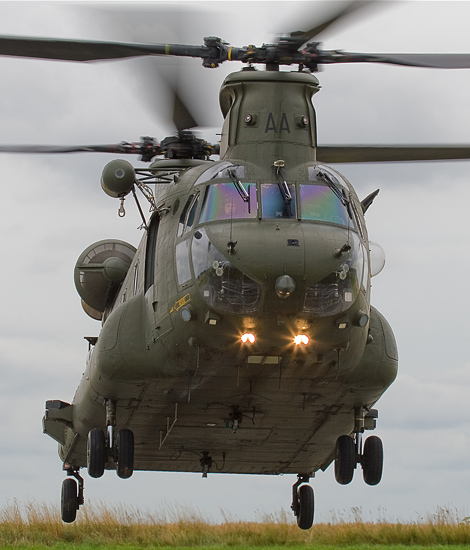
|
United Kingdom Tour Part Six; Salisbury Plain July 20, 2009
Large Scale Exercize Herrick11; Text and Photograph's by Alex van Noye
On Monday, July 20 the exercise Herrick11 was on the program for me. The exercise was
held from July 13 to 24, 2009 and took place on the Salisbury Plain. This location is
the largest low flying area for helicopters in the United Kingdom and is about ten miles
high and twenty five miles wide.
The Salisbury Plain is a large plain in the south of England where you also can find
Stonehenge. The area is divided into three areas: west, middle and east. The western and
the eastern part are open for public and contain a large proportion of grassland and
farmland. The middle part is a shooting range for artillery guns of the Royal Army and
airplanes and helicopters of the RAF; therefore this area is not open to public. This
whole area is specially used by the helicopter fleet of almost all British military
forces like e.g. air force, army and navy. It is therefore not surprising that almost
all helicopter bases in the United Kingdom are located in the south of the country
around this area.
At the moment I was visiting this area, the exercise herrick11 was going on. This
exercise mentioned for the 11th Air Brigade of the Royal Army is a preparation for
their soldiers for a deployment to Afghanistan. During this period there are almost
5000 soldiers operating in this wide area. The flying participants of this exercise
are: six Apaches and three Lynx helicopters of the Royal Army, four Chinooks and two Merlins of
the RAF and four Sea-Kings of the Royal Navy. A realistic scenario is simulated during this
exercise to prepare the soldiers as good as possible for their upcoming deployment to
Afghanistan. The western part of the Salisbury plain is temporarily closed for public
and a few fictitious villages are present over there for the exercise scenario. In the
eastern part AAC Netheravon is located; the helicopters are flying their missions from
this small base. Next to Netheravon a FARP (Forward Arm & Refuelling Point) is located
where the participating helicopters can refuel and continue their mission.
A Forward Arm & Refuelling Point abbreviated FARP is a small landing zone for
helicopters in the field just behind the frontlines where they can be re-armed and
refuelled very quickly. A FARP consists of several metal plates which are rolled out
over the hot grass on which the helicopter can land. A number of tankers are parked
next to the metal plates and fuel hoses are rolled out to the helicopters. Some mobile
fuel-cells can be flown in by helicopter when an area is not accessible to vehicles;
these fuel-cells are a kind of large rubber bags full of fuel. The crew of the FARP
stays most of the time in a tent camp next to the FARP.
|
|
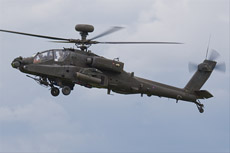
|
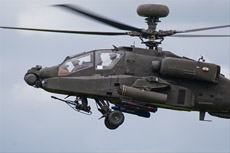
|
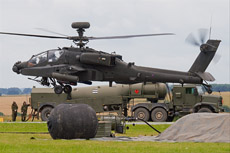
|
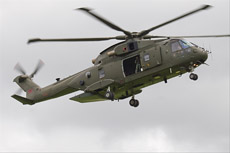
|
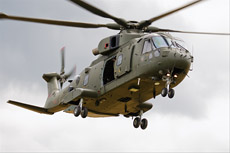
|
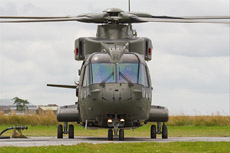
|
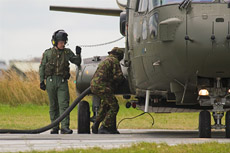
|
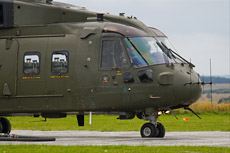
|
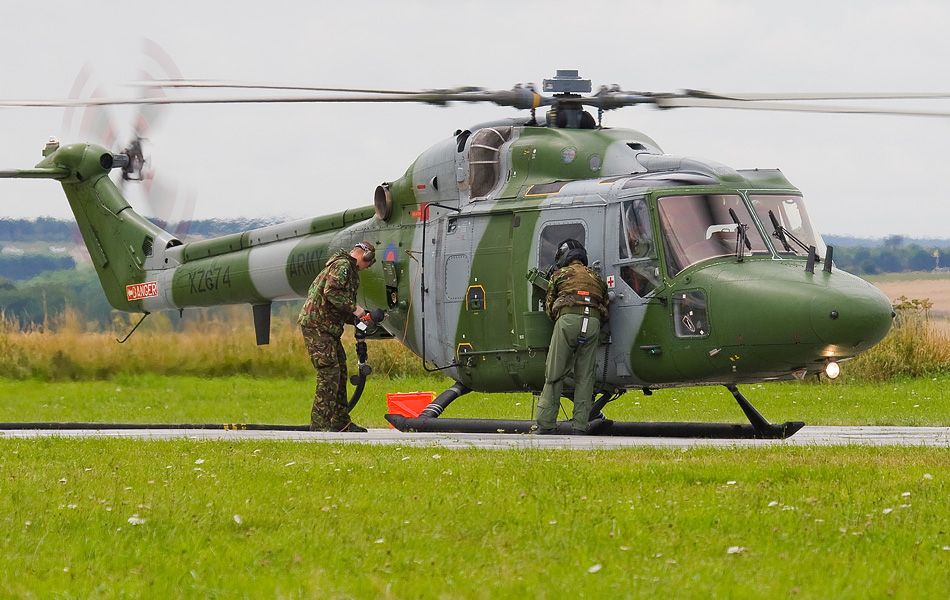
|
There is much more helicopter support available in the field because of using a FARP. The
FARP which was temporarily installed for this exercise was located next to AAC
Netheravon and it was really hard to find. After searching for a while, I saw a Chinook
which was landing behind the trees next to AAC Netheravon. It soon became clear to me,
that I found the FARP. The FARP was located in a public area; it was possible to walk
around the helicopters from a close range while they were doing some hot refuelling.
The public area was easy accessible so I was able to reach the helicopters which would
refuel from a close range. Soon I had found out that this would be the place to be for
today's photo shoot. I didn't have to wait for a long period before the first helicopters
came in for refuelling at this particular point. The first helicopters which would
arrive were a RAF Chinook and a RAF Merlin. I really was standing close to those
incoming machines, and I really mean close. With my camera mounted on a tripod I shot
some really nice shots from some refreshing different angles on the incoming aircraft.
All these helicopters landed in a beautiful natural and green environment; it really
was decent with these photo opportunities.
After fifteen minutes of refuelling, the Chinook and the Merlin took off again
continuing their mission. It promised to be a busy afternoon at this beautiful location
with many different types of helicopters. The next helicopters who arrived at the FARP
were two Royal Navy Sea-Kings HC4, better known as the Commando. This Sea-king is very
easy to recognize because it has no floats mounted on its side at the main landing gear.
I was very happy to see those two machines because they are quite extraordinary. In the
meanwhile those two machines were busy with refuelling their tanks; also an Army Apache
and Lynx came in. At this moment all four FARP platforms were occupied by helicopters.
It became clear to me that the left two FARP spot were in use by the RAF helicopters
and the right two by the Royal Army helicopters, while the Royal Navy used them just
random. It became quiet for at least one hour when all these helicopters took off.
After this quiet period, a Chinook, a Merlin, an Apache and a Lynx came in; it all were
different aircraft compared to the first group which was here earlier. The pilot of the
Lynx made a very nice fly-by next to us sow we could take some really nice pictures.
When the Lynx was departed also a Sea-King AEW checked in for hot refuelling; also this
bird is quite extraordinary. The Chinooks needed a lot of time to fill their tanks up
with fuel; they were at least for twenty min at the FARB every time. Because of this I
was able to take some decent photographs from all kinds of angles of this heavy
helicopter. The best and most beautiful moment to catch the helicopters was when they
were hovering above the FARP platform. The light this afternoon was pretty good, which
is very important when you are photographing these dark green machines.
I spent about four hours at this wonderful location and I saw much helicopter activity;
more then twelve came in for refuelling. It was time to continue my journey through the
United Kingdom. It would be a very long drive of over four hours to my next location
which would be RNAS Culdrose in the most south western part of England. Visiting the
FARP on the Salisbury Plain was very successful to me because this great location was
already for a long time on my personal which list. I therefore was very happy that I
managed to catch sow much different types of helicopters of the British Armed Forces on
photo. I am very certain that I am going to visit this great location again when I
return to the United Kingdom next time.
|
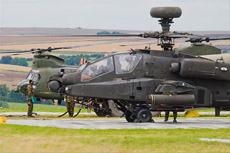
|
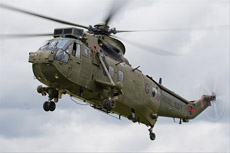
|
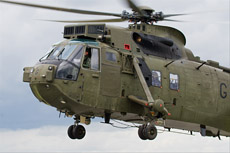
|
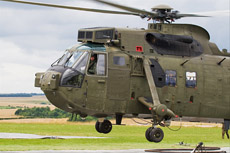
|
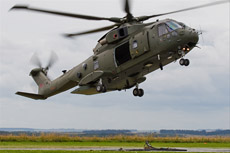
|
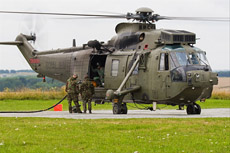
|
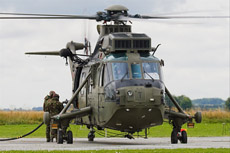
|
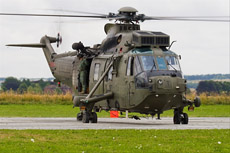
|
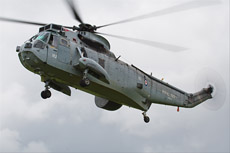
|
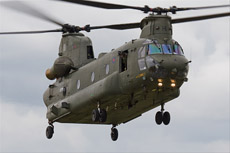
|
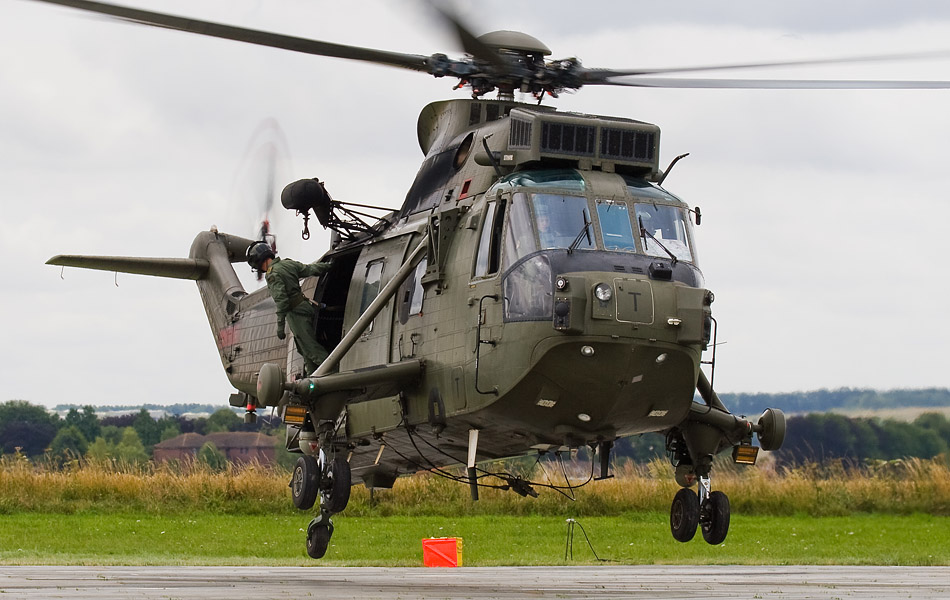
|
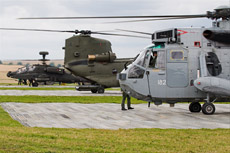
|
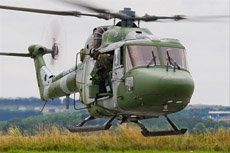
|
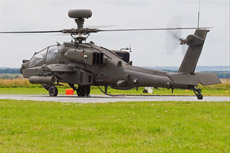
|
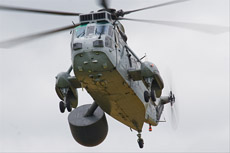
|
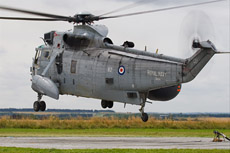
|
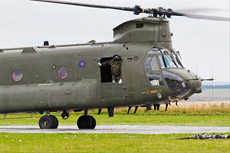
|
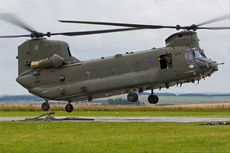
|
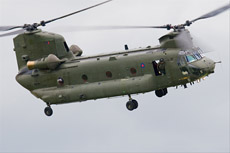
|
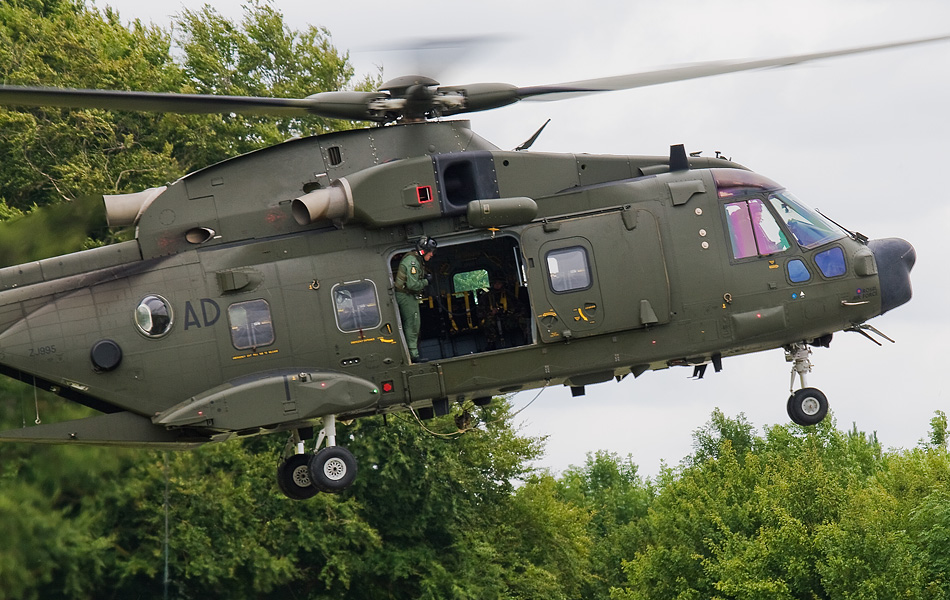
|
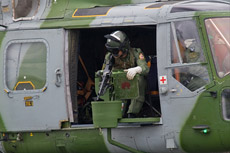
|
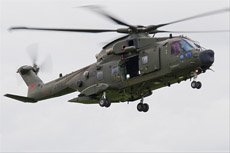
|
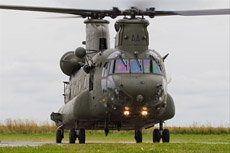
|
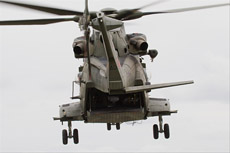
|
|
|

|







